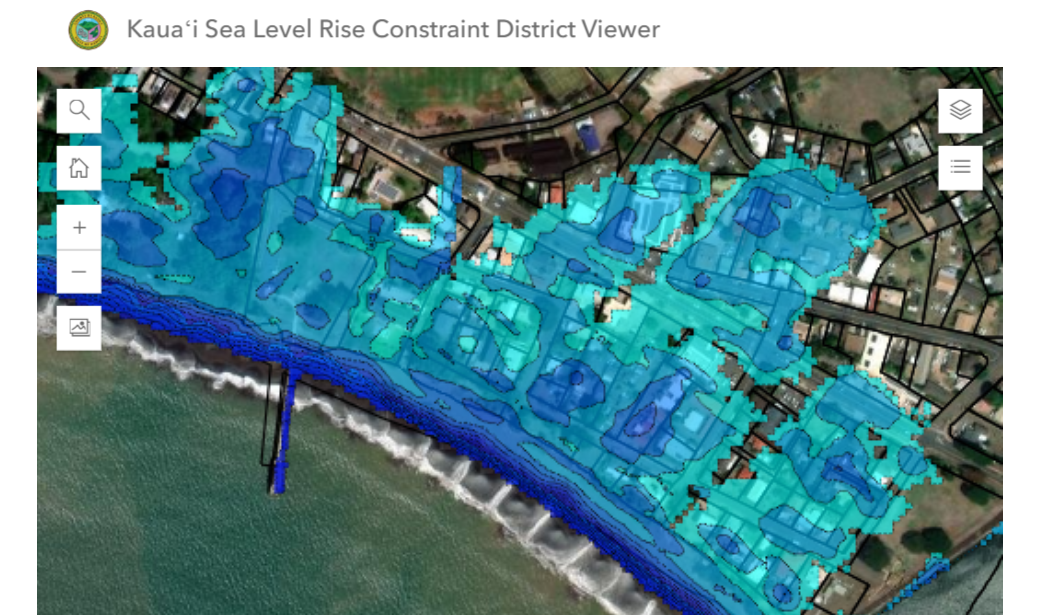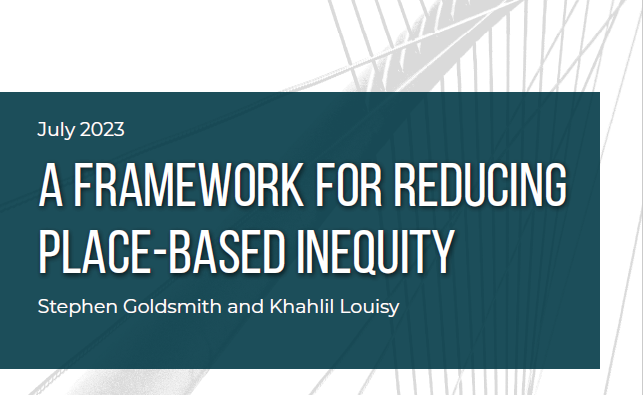- March 5, 2018
- Data Visualization
Complementing Harvard’s Map of the Month series, each week, Map Monday highlights a data visualization that enhances understanding of or helps resolve a critical civic issue.
Earlier this year, Donald Trump drew the ire of many pundits and advocates after proposing a $200 billion cut to the Supplemental Nutrition Assistance Program (SNAP), a longstanding federal initiative that offers cash benefits for food to low-income families. Much of the criticism focused on Trump’s proposal for replacing cash assistance with “harvest boxes”—packages of non-perishable food that the government would deliver to needy families. Commentators have argued that this proposal is overly paternalistic and fiscally unfeasible, as it prescribes Spartan rations and would require an expensive new distribution network.
However, these radical proposals are peripheral to the most important axis of debate about SNAP: funding. Is SNAP currently overfunded with room for major cuts as the Trump administration suggests, or in need of continued or additional financial support as others contend?
A visualization from the Urban Institute inserts itself into this debate. The interactive map “Does SNAP Cover the Cost of a Meal in Your County?” compares maximum SNAP benefits with the cost of low-income meals for every county in the 48 contiguous states.

The visualization shows that in 99 percent of counties, the maximum SNAP benefit does not cover the cost of a low-income meal. Only citizens with zero net income qualify for maximum SNAP benefits, meaning they have no supplementary source of income to make up this gap and therefore truly cannot afford low-income meals.
The gap between SNAP benefits and meal costs is particularly large in high-cost urban areas like New York and San Francisco as well as smaller rural counties with tourism sites, like Blaine County, ID (home to Sun Valley ski resort) and El Dorado County, CA (home to Lake Tahoe). Across the United States, the average cost of a low-income meal ($2.36) outpaces the average SNAP benefit per meal ($1.86) by 50 cents.
To develop these insights, researchers at the Urban Institute analyzed publicly available data from SNAP on the average maximum benefit each household size can receive, adjusted for proportion of each household size among SNAP enrollees, then divided by typical number of meals consumed monthly. Analysts then compared this information with data on the cost of low-income meals from the Current Population Survey and the United States Department of Agriculture in order to understand gaps across the country.
While this map certainly paints a vivid and damning picture of current SNAP benefits, it raises as many important questions as it answers. Does the federal government need to commit a great deal more funding to SNAP, or can it achieve savings through operational efficiencies that can be diverted to residents? Are there other sources of aid on the state, city, or charitable level that can make up the gap? If not, could states and cities do more to create new sources of funding?
This visualization forces governments, advocates, and residents to contend with these questions. Advocates can use this tool to demand change on the federal level, illustrating that current SNAP benefits are not meeting citizen needs. State and local governments can use the visualization to better understand which areas need the most additional aid, and how much aid they need. In response, leaders may wish to experiment with initiatives like a higher minimum wage to meet food prices or urban food forests with free produce, as well as shore up support for food banks, soup kitchens, and other philanthropic efforts to combat food insecurity.


 Chris Bousquet is a PhD student in philosophy at Syracuse University. Prior to that, Chris was a Research Assistant/Writer for Data-Smart City Solutions. Chris holds a bachelor’s degree from Hamilton College.
Chris Bousquet is a PhD student in philosophy at Syracuse University. Prior to that, Chris was a Research Assistant/Writer for Data-Smart City Solutions. Chris holds a bachelor’s degree from Hamilton College.


